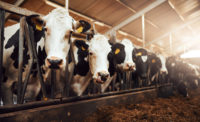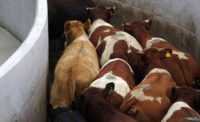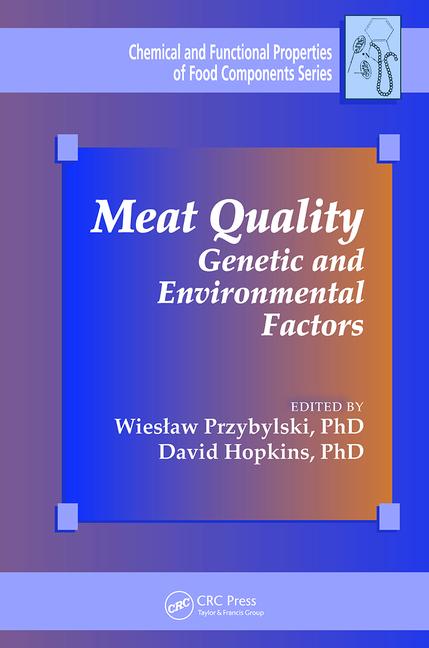Proper stunning reduces humane handling enforcement actions
Emphasis should focus on training personnel and improving restraint.

Over the last year, the same old humane handling issues stayed as the key contributors to USDA FSIS Humane Handling Enforcement Actions. The good news is that fewer humane handing enforcement action letters were posted to the USDA FSIS website in 2021 (62) than the previous three years: 2018 — 109, 2019 — 85, and 2020 — 99.
Stunning is still the focal point
Mechanical stunning — which includes captive bolt and gunshot — continues to be the primary root cause outlined in USDA FSIS Humane Handling Enforcement Actions. Last year, there were 62 humane handling enforcement action letters posted to the USDA FSIS website, and 51 (82.3%) were related to stunning. Of those 51 enforcement actions, 43 were associated with mechanical stunning methods — specifically captive bolt and gunshot. The remaining stunning-related enforcement actions were associated with carbon dioxide (4/51) and electrical stunning (3/51).
The majority of stunning-related enforcement action letters (70.6% — 36/51) did not include a clear indication of the reason for the stunning failure from the FSIS. It is important that reasons are included in the enforcement action letters to facilitate the collective learning and growth of the industry. Of course, an enforcement action is never a welcomed event, but there is substantial value in the lessons that can be learned from each event when sufficient detail is provided.
Out of the 15 stunning-related enforcement actions that included clear reasons, 11 were due to improper stun placement, two were due to restraint, and two were due to equipment failures.
Cattle and hogs contribute the most, but the population is large
Cattle and pigs accounted for 48.4% (30/62) and 40.3% (25/62) of total enforcement actions. The remaining enforcement actions (7/62) included sheep and goats. Last year, total cattle slaughter included 33.1 million head and total hog slaughter was nearly 128 million head. Cattle and hogs made up the vast majority of slaughtered livestock, so their prominence in the number of humane handling enforcement actions follows the basis of population size.
Continue to find the lessons
When it comes to humane handling, the core challenges remain the same — stunning is the primary point where humane handling enforcement actions originate. In that space, captive bolt and gunshot are the primary stunning methods that are associated with enforcement actions and placement appears to be the primary cause of the stunning failures. The good news is that continued focus on training personnel and improving restraint should help us continue to grow and improve.
Kurt Vogel, Ph.D., is an associate professor in the Animal and Food Science Department at the University of Wisconsin-River Falls. He is also president of Vogel Livestock Solutions, a food animal welfare consulting company.
Looking for a reprint of this article?
From high-res PDFs to custom plaques, order your copy today!







